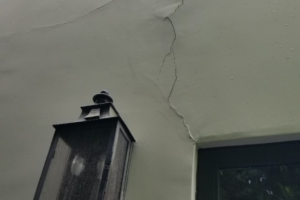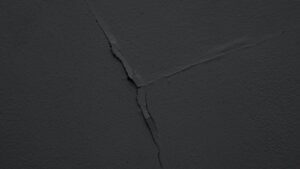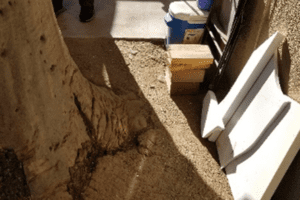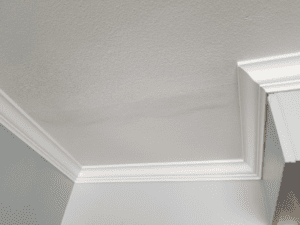Vacation Home Dilemma
[caption id="attachment_992" align="alignleft" width="469"] Photo Source: Randy Jibson, USGS[/caption] What do you do when you…
[caption id="attachment_992" align="alignleft" width="469"] Photo Source: Randy Jibson, USGS[/caption] What do you do when you…
Helfrich-Associates is blessed to be in the construction field because building and construction are essential…
We were asked to perform a geotechnical investigation at a property in Temecula, CA, to…
[caption id="attachment_954" align="alignleft" width="225"] Wooden apartment balconies will require periodic inspections in California by 2025.[/caption]…

[caption id="attachment_937" align="alignleft" width="300"] Example of exterior wall cracking.[/caption] At Helfrich-Associates, we know how important…

We were hired to evaluate the interior ceiling cracks in a home in Fullerton. CA.…

We want to reach out to our clients and let you know that Helfrich-Associates is…

What do you do when the tree you love is causing damage to your building?…

What happens when the fix for a problem creates another problem?We were hired to investigate…

We were hired to investigate a property that had experienced tree root damage. Tree roots…